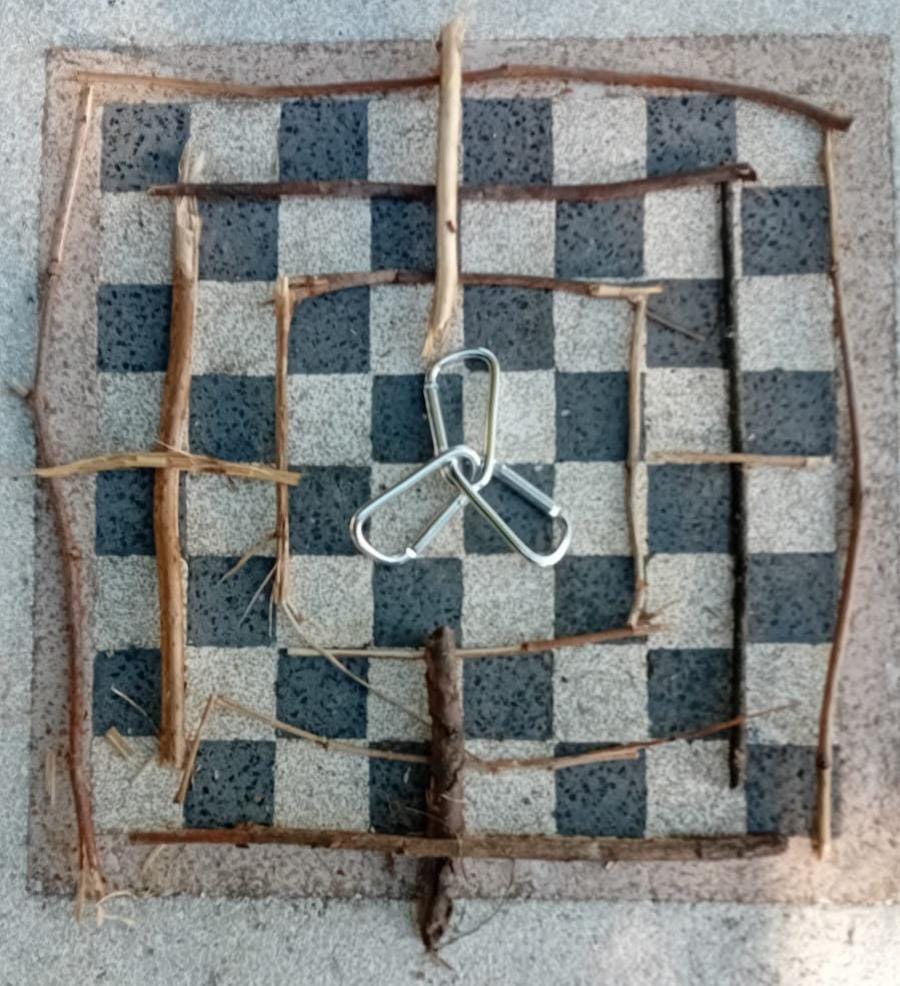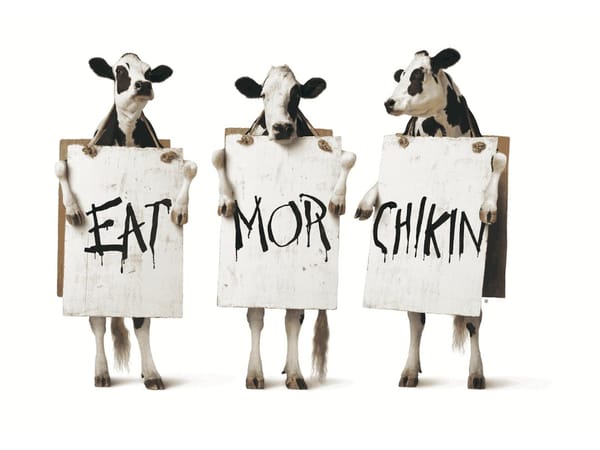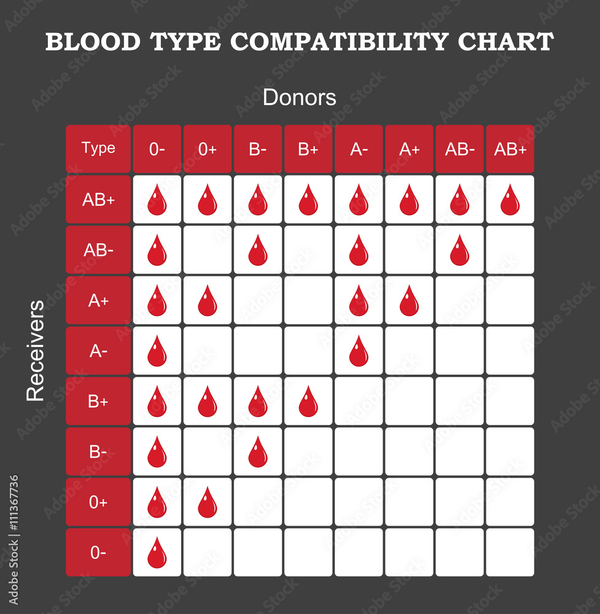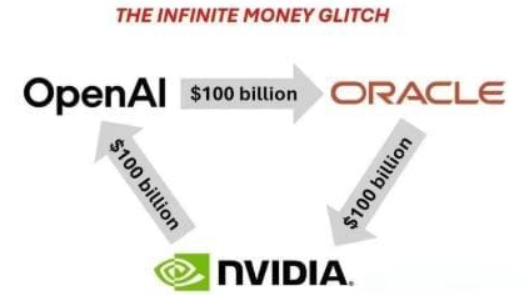Comedy relief: Putting on the VR helmet constructed by Finance
Everything has its own perspective of things, and today we are entering the VR experience called finance.
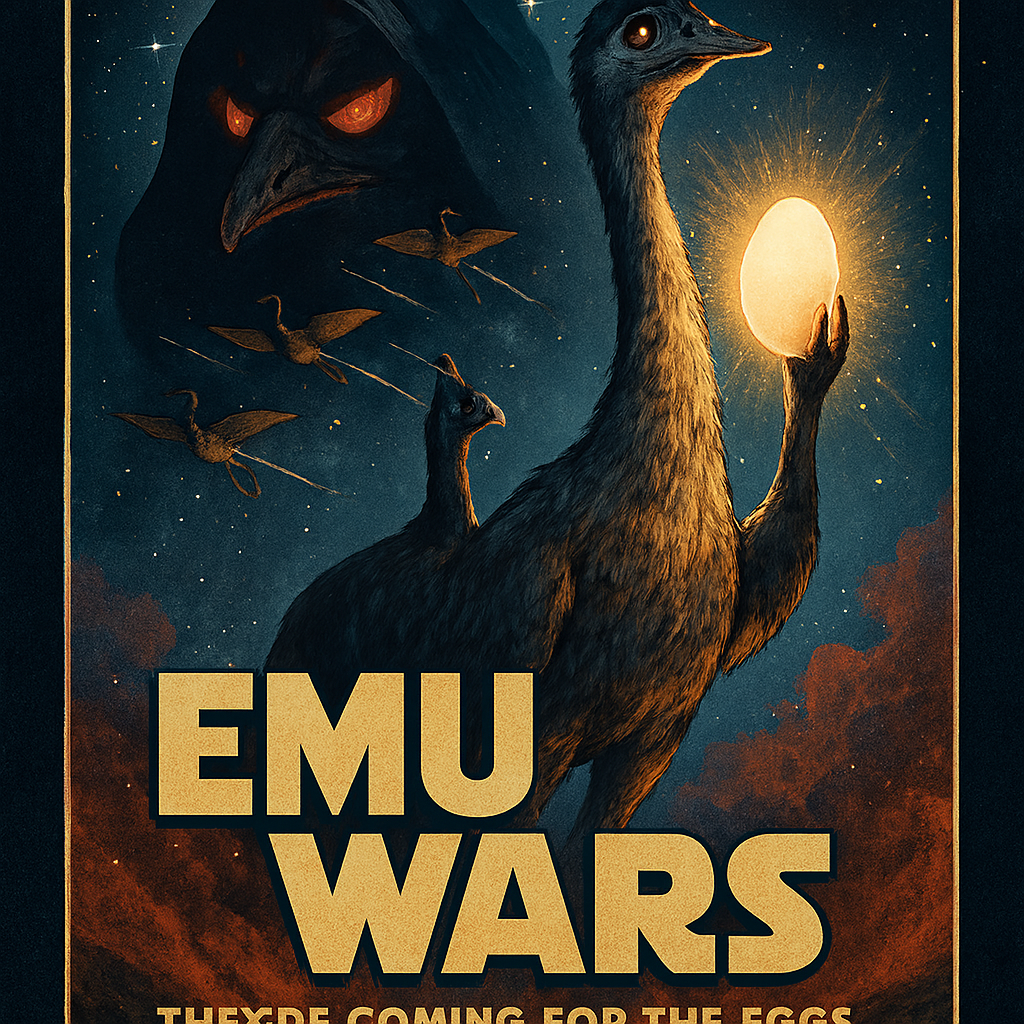
Welcome to the latest in intimate personal gaming that also teaches you something about history with cute animals and things involved.
So pick up that imagined plastic helmet called Imagivision and away we go.
Today's history lesson is about those silly birds called Emu's and boy can those birds get silly.
And at some point in our glorious history some other silly birds decided they had had enough of those silly emu's.
Lots of other things were going wrong before the Emu's showed up just to be silly... But those things were definitely not the final straw so that was all ok as long as war had to be waged urgently against the final straw and the final straw only.
And for anyone always doubting what's real and what's not. This stuff is just too hilarious to even doubt that, but if you must... then ok... We'll turn it into your favourite escape vehicle then...
A bombastic fantasy movie in virtual reality format!
A long time ago...
In a galaxy far far away...
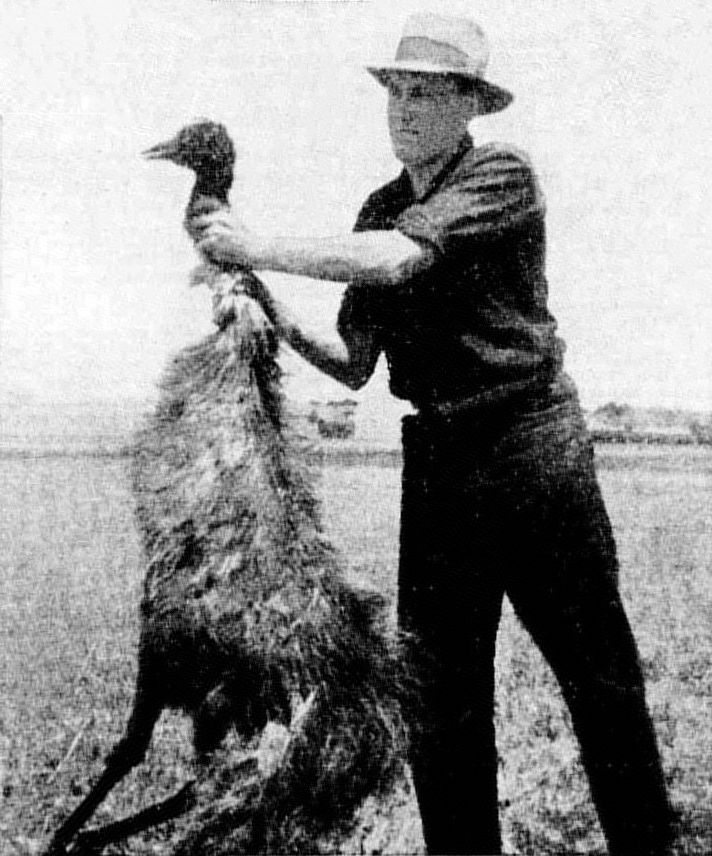
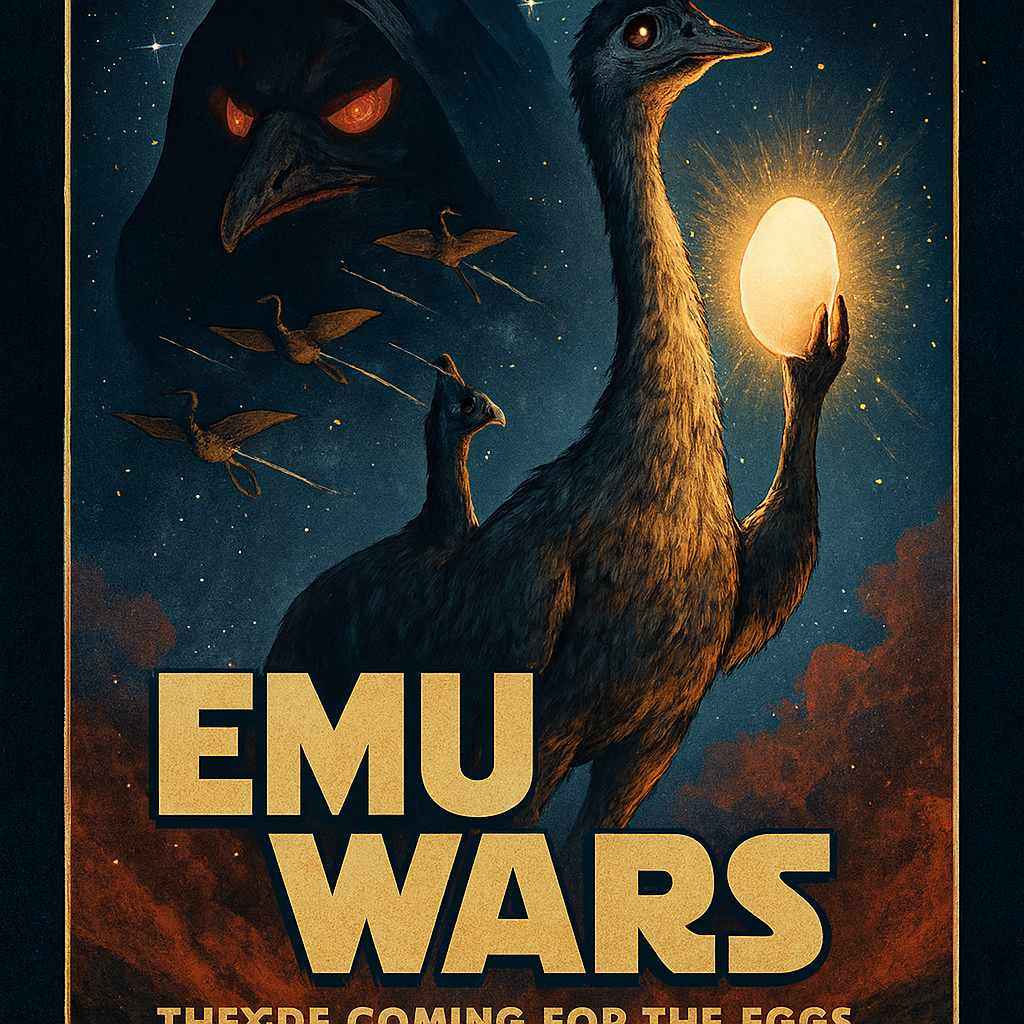
Rated E for Emu.
That also stands for emotions without the feelings.
So not emotions but emooooooooh's in a complaining cow's kind of way.
Can you hear it in between the bell klanking?
So to set the scene...
When you put on this VR helmet you become a character that's watching an interactive movie , and every next scene is determined based on your character's choices.
You make choices for the character watching the movie, and thus the movie the character is watching too.
Sort of like Bandersnatch in a Bandersnatch kind of thing.
Cool game right? And it's in full VR and everything.
And if you don't know what a Bandersnatch is, then the shortest summary of that is this.
"A postmodernist work with free will as a central theme, the film was named after a real video game planned for release by Imagine Software in 1984, the game in turn named after the bandersnatch, a creature of Lewis Carroll's creation."
And yep, that's that Lewis Carroll fella from Alice in wonderland, following a white rabbit and things.
Btw: Rabbits play a gloriously funny part in this saga too actually. Think of them as Ewoks with underground villages.
But that story about a game that didn't get released in 1984 is just reality, and not part of this VR experience that this comedic relief article is about. Capice?
Disclaimer : Any relationship of the actual year of that happening and the fictional book Nineteen Eighty-Four is purely incidental and we disavow any responsibility for any of it.
So to set that scene... (in the imaginary VR helmet you just put on, remember?)
The financial system is sitting in the audience at premiere night of this awesome fantasy matinee with a 4L All-you-can-gulp plastic bucket filled with Gin in the one hand and an ever bigger bucket of faux-truffle-oil-flavoured popcorn in the other and 3 packets of extra butter that somehow made it into the crack between his legs, but that's ok for now.
The theatre darkens and the movie starts...
The Setup
"Following World War I, large numbers of discharged veterans who served in the war were given land by the Australian government to take up farming within Western Australia, often in agriculturally marginal areas. With the onset of the Great Depression in 1929, these farmers were encouraged to increase their wheat crops, with the government promising—and failing to deliver—assistance in the form of subsidies. Because of the recommendations and the promised subsidies, wheat prices continued to fall, and by October 1932, the situation intensified, with the farmers preparing to harvest the season's crop while simultaneously threatening to refuse to deliver the wheat.
Australia was affected badly during the period of the Great Depression of the 1930s. The Depression began with the Wall Street crash of 1929 and rapidly spread worldwide. As in other nations, Australia had years of high unemployment, poverty, low profits, deflation, plunging incomes, and lost opportunities for economic growth and personal advancement.[1]
The Australian economy and foreign policy largely rested upon its place as a primary producer within the British Empire, and Australia's important export industries, particularly primary products such as wool and wheat, suffered significantly from the collapse in international demand. Unemployment reached a record high of around 30% in 1932,[2][3][4] and gross domestic product declined by 10% between 1929 and 1931."
And the Financial system thinks to itself...
"More wheat. Cheap wheat. Good.
Munch munch munch
Sheep sound restless"
Enter the Antagonist
"The farmers' difficulties were worsened by the arrival of approximately 20,000 emus.[3] Emus regularly migrate after their breeding season, heading to the coast from the inland regions. With the cleared land and additional water supplies being made available for livestock by the Western Australian farmers, the emus found that the cultivated lands were good habitat, and they began to foray into farm territory—in particular the marginal farming land around Chandler and Walgoolan.[1] The emus consumed and spoiled the crops and left large gaps in fences where rabbits could enter and cause further problems."
And the Financial system thinks to itself...
"Mental note: Send restsless sheep weapons to create Ostrich Steak production chain raw materials. Ask cousin/partner/grandfather/uncle Spud about this later. That fella always said he prefers moving targets over dummy's.
Munch munch munch... Gulp"
Muster the troops
"Farmers relayed their concerns about the birds ravaging their crops, and a deputation of ex-soldiers were sent to meet with the Minister of Defence, Sir George Pearce. Having served in World War I, the soldier-settlers were well aware of the effectiveness of machine guns, and they requested their deployment. The minister readily agreed, although with conditions attached: the guns were to be used by military personnel, troop transport was to be financed by the Western Australian government, and the farmers would provide food, accommodation, and payment for the ammunition.[1][5] Pearce also supported the deployment on the grounds that the birds would make good target practice,[6] while it has also been argued that some in the government may have viewed the operation as a way of being seen to be helping the Western Australian farmers, as well as to stave off the nascent secession movement. Toward that end, a cinematographer from Fox Movietone was enlisted."
And the Financial system starts munching even faster... sitting on the edge of his seat... washing down chunks of pocorn in chuncks of ever increasing size.
Stay on taaaargeeeet... Attempt number 1
"Military involvement was due to begin in October 1932.[5] The "war" was conducted under the command of Major Gwynydd Purves Wynne-Aubrey Meredith of the Royal Australian Artillery's 7th Heavy Artillery,[1][6] with Meredith commanding soldiers Sergeant S. McMurray and Gunner J. O'Halloran,[8] armed with two Lewis guns[9] and 10,000 rounds of ammunition.[6] The operation was delayed by a period of rainfall that caused the emus to scatter over a wider area.[5] The rain ceased by 2 November 1932,[1][5] whereupon the troops were deployed with orders to assist the farmers and, according to a newspaper account, to collect 100 emu skins so that their feathers could be used to make hats for light horsemen.[10]"

"On 2 November, the men travelled to Campion, where some 50 emus were sighted.[1] As the birds were out of range of the guns, the local settlers attempted to herd the emus into an ambush, but the birds split into small groups and ran so that they were difficult to target.[6] Nevertheless, while the first fusillade from the machine guns was ineffective due to the range, a second round of gunfire was able to kill "a number" of birds. Later the same day a small flock was encountered, and "perhaps a dozen" birds were killed.["
Summarising the culls, ornithologist Dominic Serventy commented:
The machine-gunners' dreams of point-blank fire into serried masses of Emus were soon dissipated. The Emu command had evidently ordered guerrilla tactics, and its unwieldy army soon split up into innumerable small units that made use of the military equipment uneconomic. A crestfallen field force therefore withdrew from the combat area after about a month.[13][14]
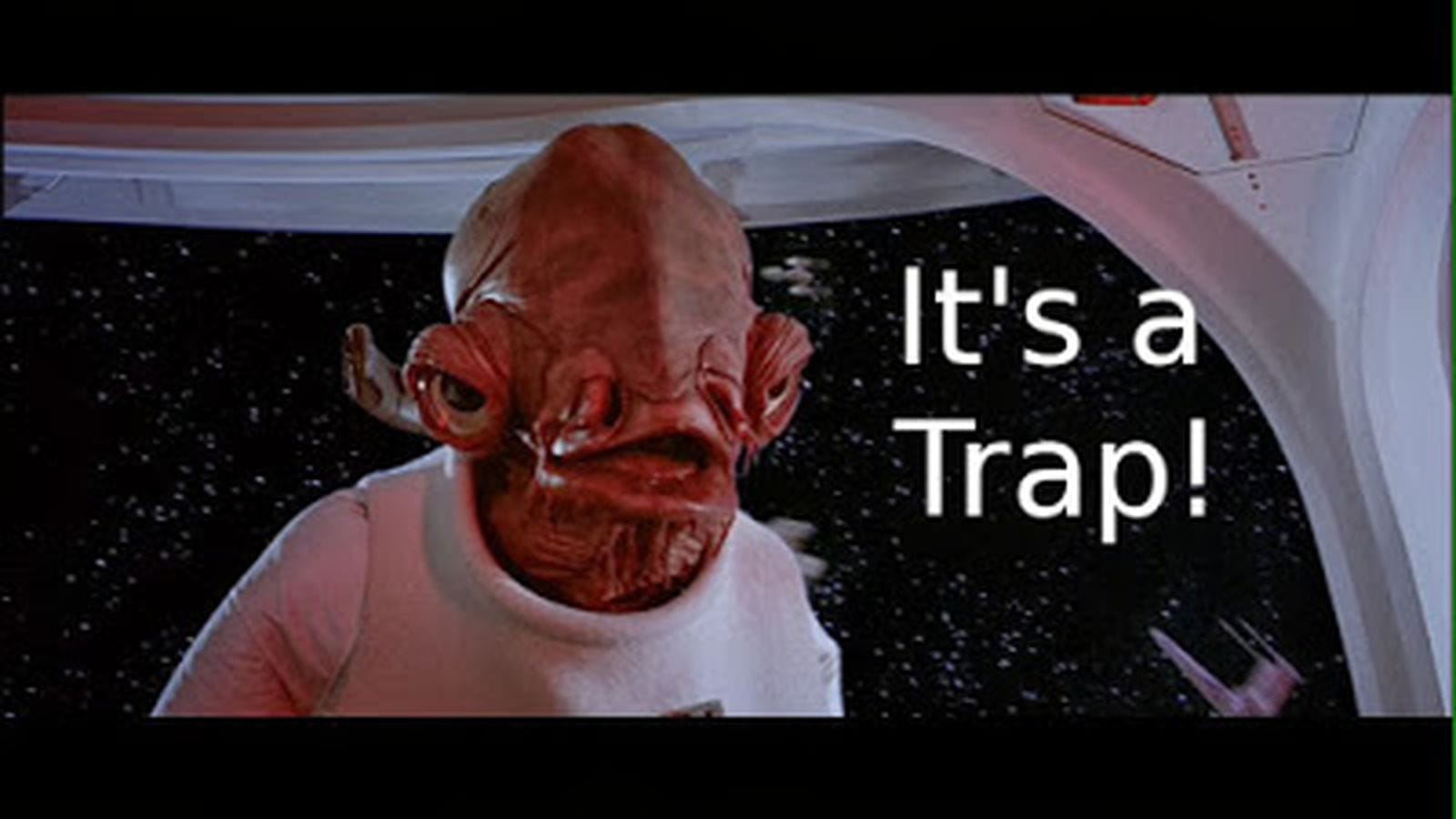
Those silly Emu's ... But what a genius move by Emu command!
Stay on taaaargeeeet... Attempt number 2
"After the withdrawal of the military, the emu attacks on crops continued. Farmers again asked for support, citing the hot weather and drought that brought emus invading farms in the thousands. James Mitchell, the Premier of Western Australia, lent his strong support for the renewal of military assistance. At the same time, a report from the Base Commander was issued that indicated 300 emus had been killed in the initial operation.[16]"
"Despite the problems encountered with the cull, the farmers of the region once again requested military assistance in 1934, 1943, and 1948, only to be turned down by the government.[1][20] Instead, the bounty system that had been instigated in 1923 was continued, and this proved to be effective: 57,034 bounties were claimed over a six-month period in 1934.[6]
By December 1932, word of the Emu War had spread, reaching the United Kingdom. Some conservationists there protested the cull as "extermination of the rare emu".[21] Dominic Serventy and Hubert Whittell, the eminent Australian ornithologists, described the "war" as "an attempt at the mass destruction of the birds".[22][23][24]
Throughout 1930 and onward, exclusion barrier fencing became a popular means of keeping emus out of agricultural areas (in addition to other vermin, such as dingoes and rabbits).[12][25]

In November 1950, Hugh Leslie raised the issues of emus in federal parliament and urged Army Minister Josiah Francis to release a quantity of .303 ammunition from the army for the use of farmers.
The minister approved the release of 500,000 rounds of ammunition.[26]"
And the finance system thought...
"
HA! I love a good plot twist with a happy ending! The Fence won!
Mental note : get into fencing business too...
Can't wait for Episode V ... Or was that II ?
"
Advertisement
Next on Finance’s VR Helmet: The Tulip Bubble
When flowers cost more than houses (and why we’ll do it again).
maybe...
